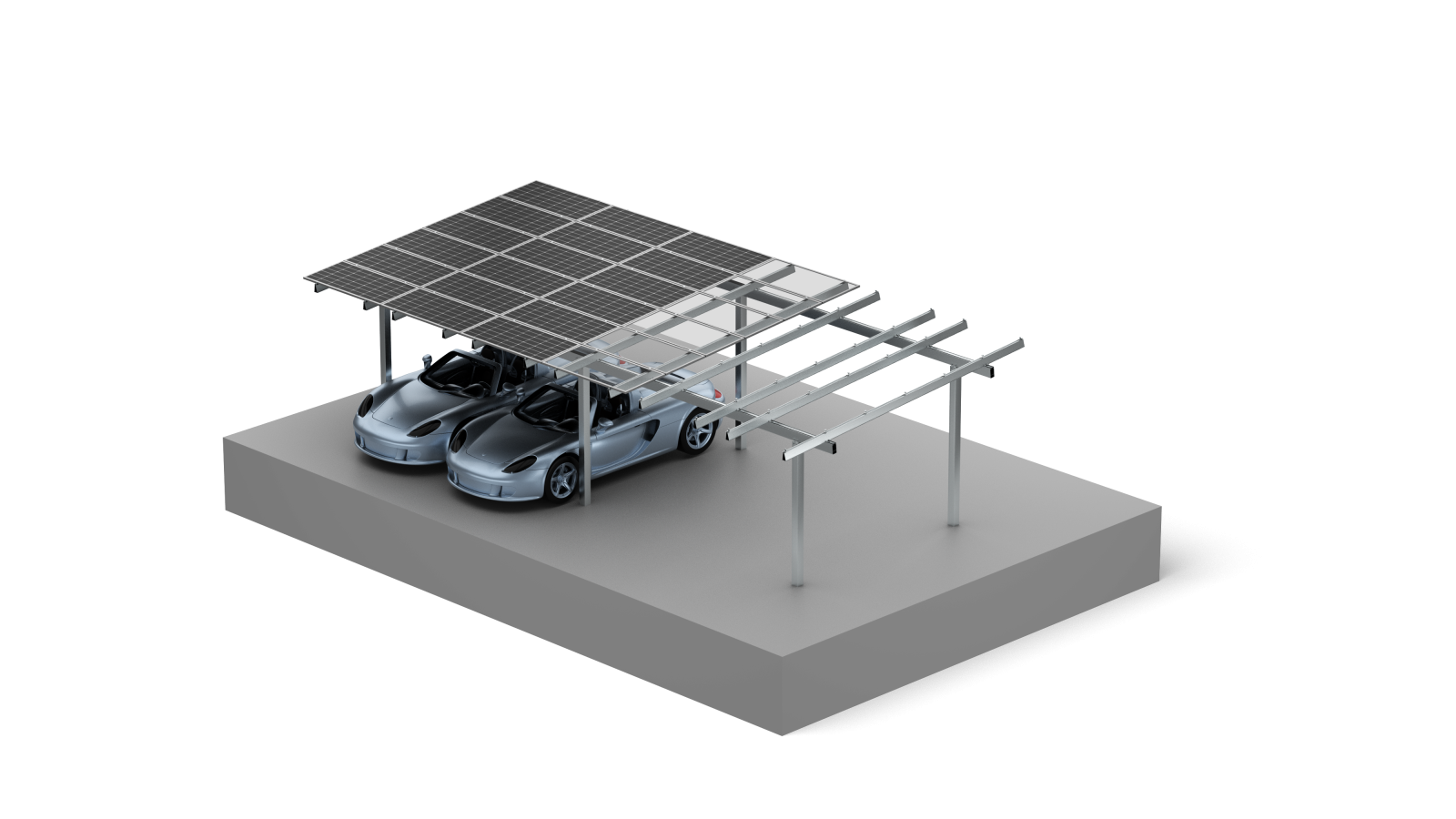Engineering Solar Solutions for Constrained and Dual-Use Spaces
October 11, 2025
Land use efficiency has become a central concern in commercial and utility-scale solar development. As prime, flat land becomes scarcer or more expensive, project planners must consider sites with unique limitations—slopes, irregular shapes, or a requirement for the land to serve a second purpose. A standard, off-the-shelf mounting system is rarely adequate for these complex projects, often leading to costly site preparation and compromised layouts. The specific conditions of a site demand a specifically engineered approach. Implementing a customized ground mount solar system is the most effective method to transform challenging land into a viable, high-yielding solar asset, ensuring the project's financial and operational goals are met.

The Critical Role of Customization in Project Design
The design and implementation of a solar array on non-standard terrain require careful attention to several factors. Soil composition, for instance, directly determines the type of foundation required; rocky ground may need driven piles, while softer soil could require concrete ballasts or specialized helical anchors to ensure stability. Similarly, a sloped site necessitates a mounting structure that conforms to the incline without extensive grading, which protects the landscape and reduces construction costs. Furthermore, for agrivoltaic projects where farming continues beneath the panels, the structure must be designed with heightened clearance and specific row spacing to accommodate machinery. A pre-engineered customized ground mount solar system addresses these variables during the design phase, creating a solution that is integral to the site rather than merely placed upon it.
Beyond Terrain: Optimizing for Output and Longevity
A truly effective customized ground mount solar system also focuses on maximizing energy production and ensuring durability. This involves engineering the tilt and orientation of the modules to capture the optimal amount of sunlight specific to the project's geographic coordinates, which can vary significantly from a standard angle. It also means selecting materials and corrosion-resistant coatings suited to the local climate, whether it's high humidity, extreme heat, or heavy snow loads. This level of detailed customization mitigates future maintenance issues and protects the long-term investment by sustaining high performance over the system's entire lifecycle. The process is collaborative, relying on precise data and continuous dialogue between engineers and project developers to align the mounting solution with every technical and financial requirement.
The evolution of solar energy demands a more sophisticated approach to infrastructure. Success no longer depends solely on the panels but increasingly on the intelligence and adaptability of the mounting solutions that support them. For projects on complex sites, a generic approach introduces unnecessary risk and inefficiency. At Antaisolar, our focus is on providing precisely engineered,customized ground mount solar system solutions. By concentrating on technical design and adaptive manufacturing, we deliver structures that turn challenging project requirements into durable, high-performing, and financially sound solar installations.

The Critical Role of Customization in Project Design
The design and implementation of a solar array on non-standard terrain require careful attention to several factors. Soil composition, for instance, directly determines the type of foundation required; rocky ground may need driven piles, while softer soil could require concrete ballasts or specialized helical anchors to ensure stability. Similarly, a sloped site necessitates a mounting structure that conforms to the incline without extensive grading, which protects the landscape and reduces construction costs. Furthermore, for agrivoltaic projects where farming continues beneath the panels, the structure must be designed with heightened clearance and specific row spacing to accommodate machinery. A pre-engineered customized ground mount solar system addresses these variables during the design phase, creating a solution that is integral to the site rather than merely placed upon it.
Beyond Terrain: Optimizing for Output and Longevity
A truly effective customized ground mount solar system also focuses on maximizing energy production and ensuring durability. This involves engineering the tilt and orientation of the modules to capture the optimal amount of sunlight specific to the project's geographic coordinates, which can vary significantly from a standard angle. It also means selecting materials and corrosion-resistant coatings suited to the local climate, whether it's high humidity, extreme heat, or heavy snow loads. This level of detailed customization mitigates future maintenance issues and protects the long-term investment by sustaining high performance over the system's entire lifecycle. The process is collaborative, relying on precise data and continuous dialogue between engineers and project developers to align the mounting solution with every technical and financial requirement.
The evolution of solar energy demands a more sophisticated approach to infrastructure. Success no longer depends solely on the panels but increasingly on the intelligence and adaptability of the mounting solutions that support them. For projects on complex sites, a generic approach introduces unnecessary risk and inefficiency. At Antaisolar, our focus is on providing precisely engineered,customized ground mount solar system solutions. By concentrating on technical design and adaptive manufacturing, we deliver structures that turn challenging project requirements into durable, high-performing, and financially sound solar installations.
end
